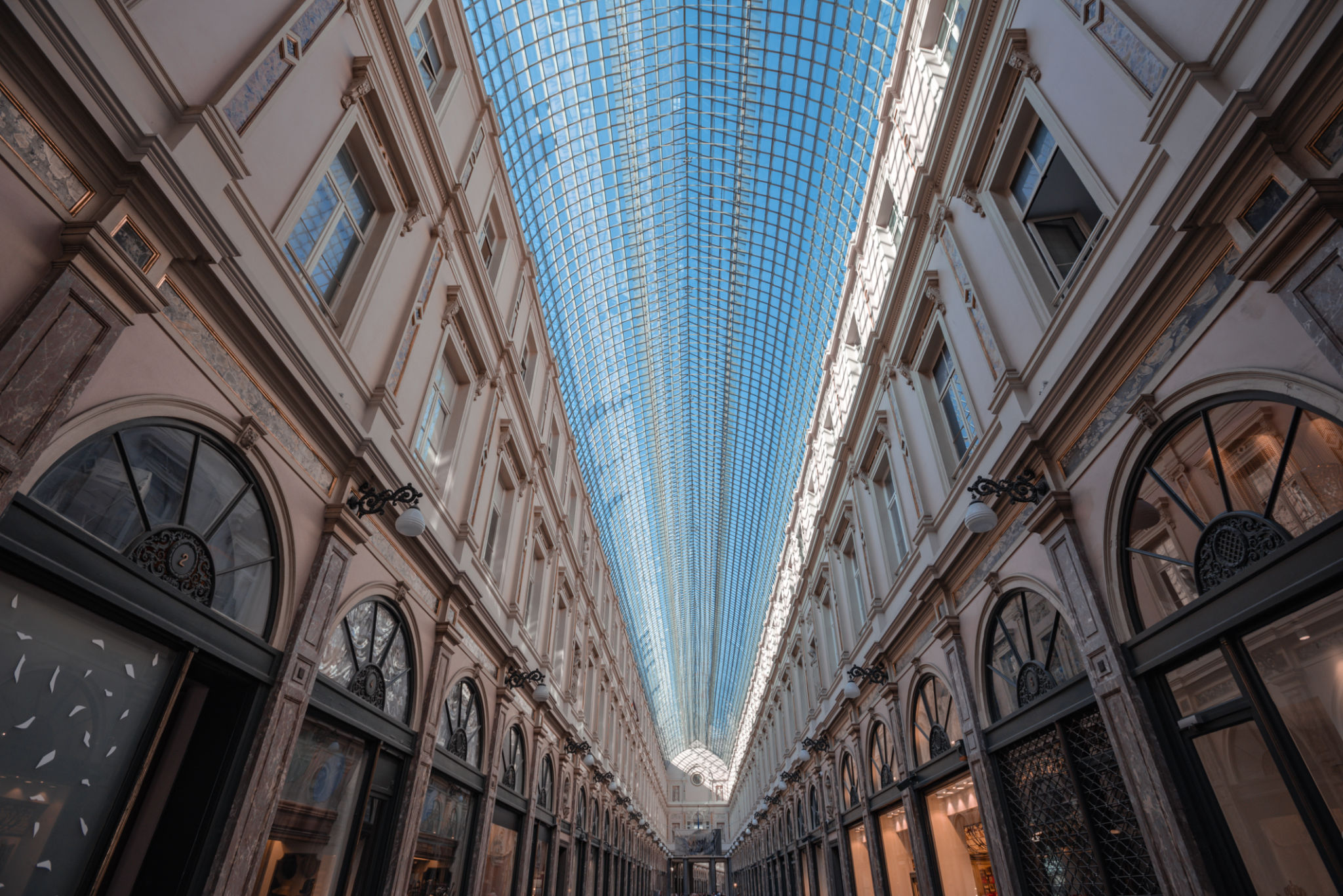Common Misconceptions About Commercial Building Preservation Debunked
Understanding the Importance of Commercial Building Preservation
Commercial building preservation is a crucial aspect of maintaining the historical and architectural integrity of urban landscapes. However, there are several misconceptions about this practice that often lead to misunderstandings. By addressing these misconceptions, property owners and developers can make more informed decisions about preserving their buildings.

Misconception 1: Preservation is Just About Aesthetics
One of the most common misconceptions is that commercial building preservation is solely focused on aesthetics. While maintaining the historical appearance of a building is important, preservation goes beyond just looks. It encompasses structural integrity, functionality, and sustainability. Preserving a building involves upgrading its systems to meet modern standards, ensuring it remains safe and usable for future generations.
Additionally, preserving a building can enhance its value and contribute to the community’s identity. By retaining unique architectural features, preserved buildings can attract businesses and visitors, boosting the local economy.
Misconception 2: Preservation is Too Costly
Another prevalent myth is that preserving commercial buildings is prohibitively expensive. While there can be upfront costs associated with restoration and maintenance, these expenses are often offset by the long-term benefits. Preservation can lead to energy savings due to improved insulation and energy-efficient upgrades.

Moreover, many governments and organizations offer tax incentives and grants for preservation projects, making it more financially feasible. By investing in preservation, building owners can avoid the higher costs associated with demolition and new construction.
Misconception 3: New Construction is Always Better
Some people believe that new construction is invariably better than preserving old buildings. However, this overlooks the environmental impact of demolition and new construction. Preservation is often more sustainable as it reduces waste and conserves resources by reusing existing structures.
Furthermore, older buildings were often constructed with high-quality materials that are difficult to replicate today. By preserving these structures, we maintain a connection to our architectural heritage while benefiting from the durability of past construction methods.

Misconception 4: Preservation Limits Modernization
Many assume that preservation restricts modernization and technological advancements within a building. In reality, preservation efforts often incorporate modern technology to enhance a building’s functionality while retaining its historical character. This can include installing modern HVAC systems, updating electrical wiring, and improving accessibility without compromising on aesthetic or structural elements.
By integrating contemporary solutions with historical preservation, buildings can meet current needs while safeguarding their cultural significance.
The Role of Education in Dispelling Misconceptions
Education plays a vital role in debunking these misconceptions about commercial building preservation. By raising awareness about the true benefits and possibilities of preservation, we can encourage more property owners to consider this option. Public engagement initiatives, workshops, and partnerships with preservation experts can help demystify the process and highlight successful case studies.
Ultimately, understanding and addressing these misconceptions can lead to more sustainable urban development that respects both the past and the future.